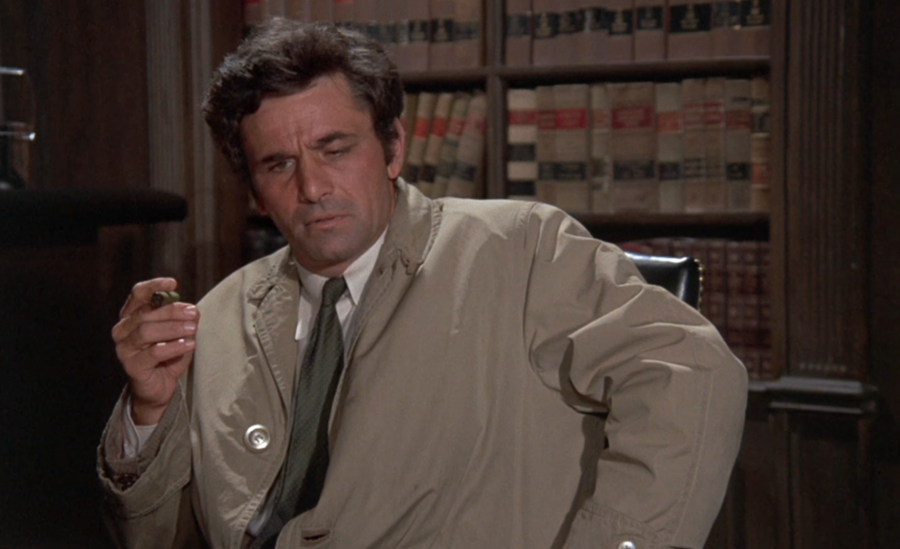TV’s Best Ever Episode Ending Is Waiting For You To Watch It
Sherlock‘s “The Reichenbach Fall” and Breaking Bad‘s “Ozymandias” episodes are considered among the greatest episodes in television history due to their execution and the suspense and emotional depth they managed to create. But they’re not alone in that regard, and Columbo’s “Suitable for Framing” episode, the fourth one to ever aid, had the most ingenious ending, just waiting for you to watch it on Peacock streaming service.
The now-iconic television show first aired in 1971, introducing Peter Falk as a seemingly bumbling and untidily dressed detective with a unique talent for lulling criminals into a false sense of security.
In the episode, which centers on a criminal mastermind trying to frame someone else for the murder so he can collect some highly praised paintings, Columbo, the eponymous protagonist, instead frames the villain. We won’t dive much into the episode to avoid spoiling it for those who haven’t watched the series since the embedded video at the top of the page serves that purpose just fine. But we will discuss the fact that Columbo is perhaps a paragon in the detective genre, as it captivated its audiences with its memorable approach to storytelling.
Namely, for those who weren’t aware of Columbo, the now-iconic television show first aired in 1971, introducing Peter Falk as a seemingly bumbling and untidily dressed detective with a unique talent for lulling criminals into a false sense of security. But Columbo wasn’t really unique for its protagonist. Sherlock Holmes, the world’s most famous detective (sorry, Batman), is often depicted as having untidy personal habits, particularly regarding his living space, but still maintains a rather keen eye and sharp mind.
Each Columbo episode opens up with a crime scene in which the audience witnesses the crime and its perpetrator, which sets the stage for a cat-and-mouse game…

What set Columbo apart from the rest of the genre of that time and cemented it as one of the greatest detective television shows is its novel “howcatchem” format over the classic “whodunit” mystery narrative. This implies revealing the culprit to the audience at the beginning of each episode, followed by psychological warfare between the protagonist and the antagonist until the latter is held accountable for its crimes.
In other words, each Columbo episode opens up with a crime scene in which the audience witnesses the crime and its perpetrator, which sets the stage for a cat-and-mouse game between Columbo and the murderer. Quite ingenious of the time, this approach to storytelling became known as the inverted detective story, and it shifts the focus from who did the deed to how they eventually got caught.
Howcatchem
The” howcatchem” format has roots in the early 20th-century literature, and one of the earliest examples is R. Austin Freeman’s “The Singing Bone,” which featured a series of stories involving a forensic investigator Dr. John Thorndyke and his methodical approach to uncovering the truth. But we’ll say that Columbo most certainly popularized and perfected the inverted detective story format in the context of television. This was paired with the series’ episodic structure, which made Columbo incredibly interesting and easy to watch and follow.
Despite being more than 50 years old, Columbo definitely deserves a place between True Detective and Mindhunter on your watchlist as one of the best examples of crime fiction television. Those interested can watch the series on Peacock—it’s ten seasons long and is a binge-watcher’s paradise.










